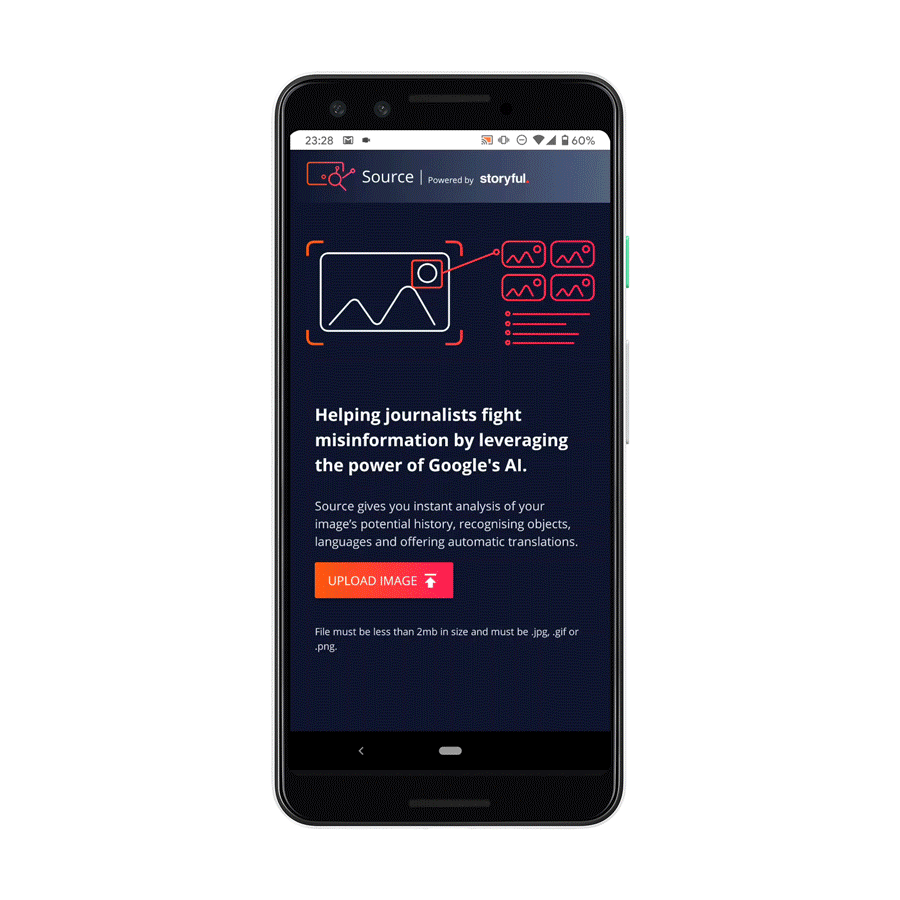Every day, I work with incredible women. I feel fortunate because it hasn’t always been this way. I’ve been the only woman in meetings before, and I’ve definitely felt like the odd woman out. When I started working with Google for Nonprofits, I was excited to discover a community of women who deserve as much attention as the nonprofits they power. For International Women’s Day coming up on March 8, I asked three of them to share their stories, inspiration and advice.
Kimberlin Bolton, Executive Director, re:imagine/ATL

On inspiring others
The best way to inspire others is by being the example. People—especially women—need to see that you did it even though you were afraid, vulnerable, imperfect and constantly learning. I try to live and speak as authentically as possible so that my staff, students, and the greater community can say, “If she can do it, then I can definitely do it!”
On gender equality in nonprofits
While it appears that there is still a lack of women leadership at larger organizations, I think the bigger concern is the lack of support for young, emerging leaders of color. How can we build systems that foster an inclusive ecosystem for emerging women in the nonprofit sector?
On setting boundaries
This is “heart work” and if you’re not careful, you can overdraft your mental and emotional bank accounts. There is so much burnout in this industry and it’s because women are natural nurturers. We constantly feel the need to save everyone. I quickly had to learn the importance of boundaries in order to be more effective.
Rochelle Byrne, Executive Director, A Greener Future

On taking chances
When I first started out, I gathered my courage and reached out to someone I thought might have answers I was seeking. I didn’t expect to get much more than a quick telephone chat. To my surprise a chat turned into tea, and then lunch, and now it’s one of the most valuable relationships I have. Taking chances is so important. I wouldn’t be where I am now if I didn’t do things that scare me.
On reaching goals
I enjoy setting a goal and trying to figure out all the steps it will take to work backward to where I am now. When I look back to where A Greener Future started it’s unbelievable to me how far it’s come and I know it’s simply from achieving one small goal at a time.
On connecting with others
Communicating in an effective and charismatic way will ensure more doors open. Be fearless when asking for what you really want. Have meaningful conversations and get to know people. Building relationships is the key to moving forward and making more connections.
Taking chances is so important. I wouldn’t be where I am now if I didn’t do things that scare me.
Dr. Annise Mabry, CEO, Dr. Annise Mabry Foundation

On career planning
My mentor once told me, “When you find what you love, you will do it for the impact not the income.” Working with homeless LGBTQ youth, sex trafficking survivors, and high school dropouts is what I love. They are my career plan.
On the power of saying no
Women have a tendency to always say, “Yes, I will,” and then they go insane trying to figure it out. I usually say “no” first. By saying “no,” it gives me time to really think—not “Can I do this?” but “Do I want to do this?” Do what you want to do not what you feel obligated to do.
On letting go
One skill I feel women have to develop to be successful in the nonprofit world is stop allowing passion to become possession. I see this a lot when women have had to fight to earn their place in an organization. They hold on to everything—from projects to committees. They end up crushing the very thing they loved the most. If you have a team, let go and let your team step up.
For more inspiration, visit Google for Nonprofits’ success stories.
